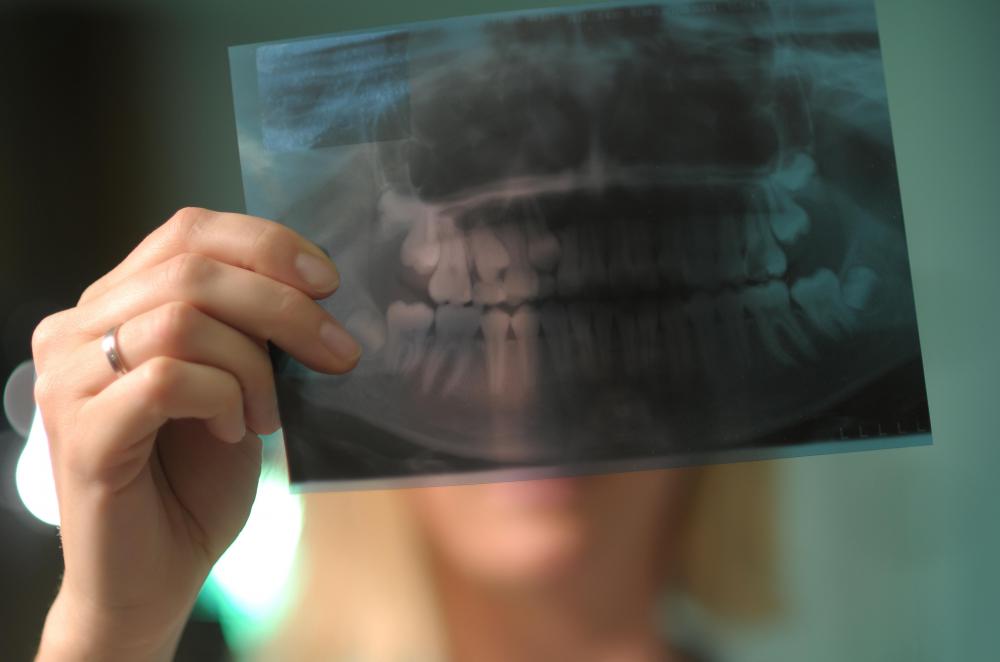At WiseGEEK, we're committed to delivering accurate, trustworthy information. Our expert-authored content is rigorously fact-checked and sourced from credible authorities. Discover how we uphold the highest standards in providing you with reliable knowledge.
What Is a Radiation Dose?
A radiation dose is the amount of radiation a person is exposed to from a source like x-rays, cosmic rays, or living near a nuclear power plant. Everyone is exposed to some radiation over the course of the year, but some activities can increase exposure rates and may be a cause for concern. Establishing standardized systems for measuring absorbed radiation helps researchers and care providers monitor radiation exposure in patients to determine whether they are at increased risk of cancers and other health problems.
For measuring absorbed radiation, one standard unit is the gray, describing the amount of energy necessary to deposit a joule of energy into a kilogram of matter. A sievert represents a gray's worth of gamma radiation, taking the form of an equivalent dose. Equivalent doses are useful because different sources of radiation behave differently; a gray of alpha radiation is very different from a gray of gamma radiation, for example. Each sievert contains 100 rem. The rem is a high unit of individual exposure, and measurements are often given in millirem. Some measurements are given in millisieverts rather than rems and millirems.

According to the Environmental Protection Agency in the United States, residents of the United States absorb around 620 millirems of radiation each year. Living next to a nuclear power plant can add a millirem to the radiation dose, as can activities like flying in an aircraft on long trips. Sources of radiation are highly variable, but controls limit the overall radiation dose; computer users, for example, do absorb some radiation from their terminals, but not enough to be a health risk.

Radiation dose is a particular cause for concern with medical imaging, especially for patients who need repeat imaging studies and patients who take nuclear tracers as part of an imaging studies. These tracer components use radiation to assist with image resolution so a doctor can identify structures of interest or concern in the body, and can pose a health risk to patients over time. Various initiatives to control radiation dose with medical imaging include using shielding, only ordering imaging studies if they are absolutely necessary, and using dose monitors on medical personnel to identify anyone at risk of health problems from radiation exposure.

A very high single radiation dose can kill or cause severe injuries. Radiation sickness and cancer are two potential results of exposure to high doses of radiation. In situations where high radiation is a concern, public health agencies use monitors to check on the amount of radiation present so they can make appropriate public health recommendations, including suggesting that people evacuate or wear protective gear.
AS FEATURED ON:
AS FEATURED ON:














Discuss this Article
Post your comments